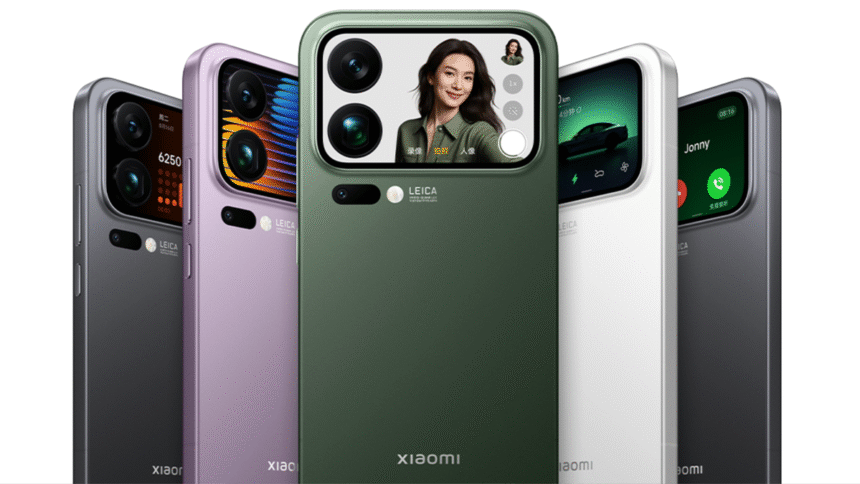Xiaomi has spent the last decade moving fast across multiple product categories: flagship phones, affordable powerhouses, wearables, smart-home appliances and even electric vehicles. In 2025 the company is doubling down on integrated experiences: tighter hardware–software coupling via HyperOS, more aggressive camera and battery advances in phones, new foldable form factors, AI-driven accessories, and smarter home robots. If you’re thinking of upgrading or just want to know what’s influencing gadget trends this year, this article walks every important Xiaomi release of 2025, explains what matters, and compares who should buy what.
- Quick snapshot: the headline gadgets of 2025
- The new smartphone flagships: Xiaomi 17 series (what changed)
- Foldables: MIX Flip 2 and Xiaomi’s clamshell play
- Tablets: Xiaomi Pad 7 & Pad 7S Pro – productivity with bite
- Wearables: Mi Band 10 and Watch S4 – incremental but valuable
- AI gadgets & audio: AI Glasses and Open Earphones Pro
- Home and cleaning: Robot Vacuum 5 series & X20 Pro
- Pricing and how Xiaomi positions itself in 2025
- Deep comparison: Which Xiaomi gadget fits your use case?
- Practical buying checklist (before you hit “buy”)
- Real-world concerns & what reviewers say
- Price comparison (how Xiaomi stacks vs competitors in 2025)
- Final verdict: is 2025 the year to buy Xiaomi?
- Quick FAQs
- What to watch next
Quick snapshot: the headline gadgets of 2025
- Xiaomi 17 series compact flagship, Leica partnership, big battery & HyperOS advances.
- MIX Flip 2 Xiaomi’s next clamshell foldable with improved power and compact design.
- Xiaomi Pad 7 / Pad 7S Pro performance tablets with large displays and fast charging aimed at creators and productivity.
- Mi Band 10 & Watch S4 wearable refreshes with improved health tracking and battery life.
- Robot Vacuum 5 series & X20 Pro smarter mapping, higher suction, and improved all-in-one stations.
- AI Glasses, Open Earphones Pro experimental wearables and audio aimed at a future of ambient computing.
Below I’ll unpack each family, highlight what’s new in 2025, offer candid pros/cons, and give buying tips and price context.
The new smartphone flagships: Xiaomi 17 series (what changed)
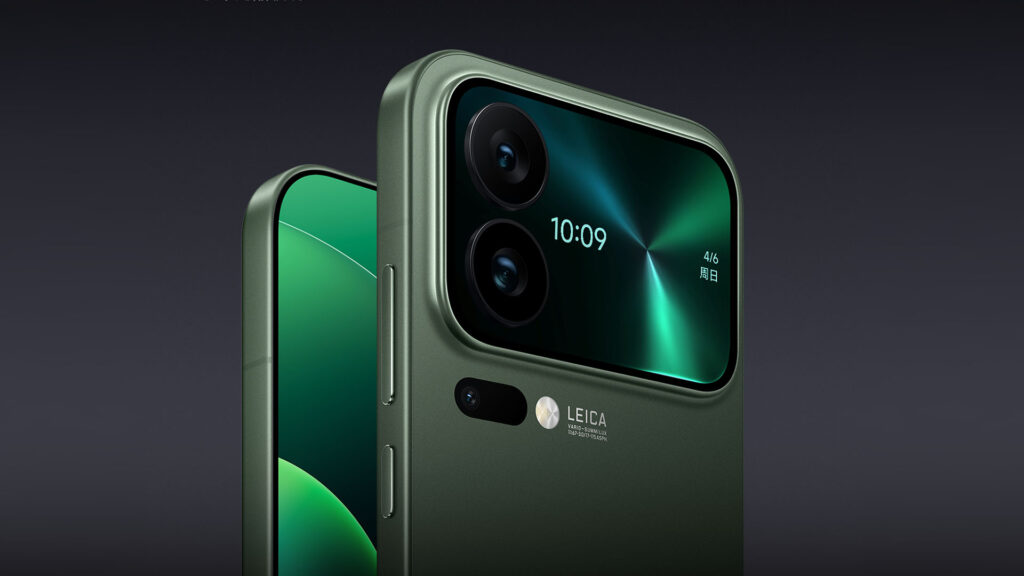
What’s new and why it matters
Xiaomi’s 17 lineup – launched in 2025, targets users who want flagship performance in a compact package (notably the base Xiaomi 17). The series brings the newest Snapdragon silicon, large batteries with fast charging, close camera partnerships and HyperOS-level software refinements (privacy, AI features, camera processing).
Key specs (representative)
- Processor: Snapdragon latest-gen (top tier).
- Display: high-refresh OLED, ~1.5K resolution on the compact model.
- Battery: unusually large capacity for the class, with up to 100W wired or very fast wireless charging.
- Camera: multi-sensor arrays with Leica co-engineering on Pro models; software camera features aimed at low-light and telephoto.
Pros
- Class-leading charge speeds and battery life in many variants.
- Strong camera tuning from Leica partnership.
- HyperOS provides more integrated AI features and smoother multi-tasking.
Cons
- Some models launched regionally first, so global availability and official pricing vary by market.
- Accessories ecosystem (magnetic lenses, quirky cases) can be hit or miss for real-world use.
Who should buy the Xiaomi 17 series?
If you want a compact flagship with outstanding battery life and a camera system tuned for creativity, the Xiaomi 17 family is a top pick. If you prioritize global warranty/support immediately, confirm regional launch windows in your market.
Foldables: MIX Flip 2 and Xiaomi’s clamshell play
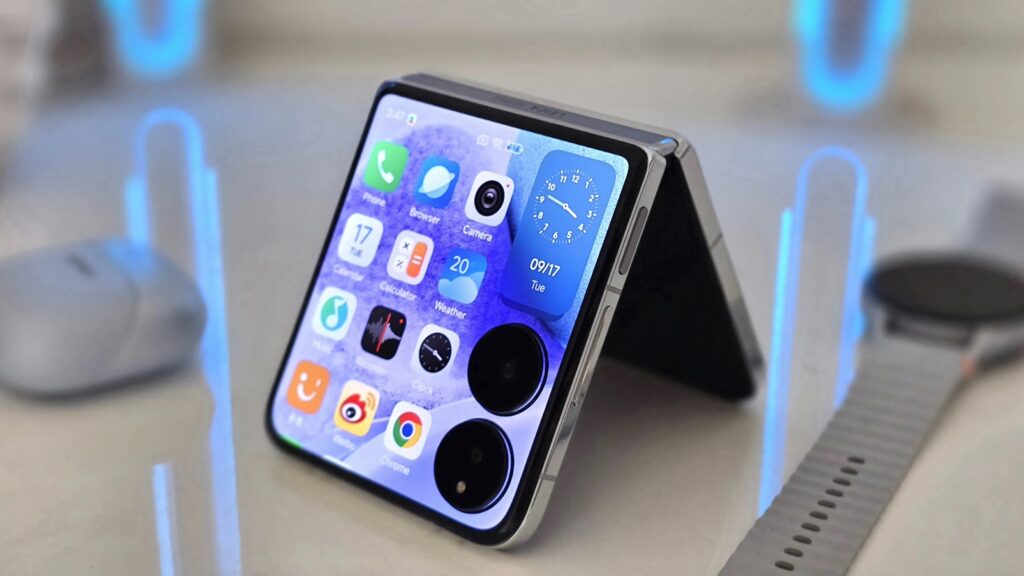
The MIX Flip line is back – what to expect in 2025
2025 sees Xiaomi iterating on the MIX Flip concept: a clamshell foldable that prioritizes compactness without sacrificing a large usable inner display. Leaks and early teasers point to Snapdragon high-end chips, bigger batteries than last generation, and new hinge or display durability improvements.
Notable features
- Inner OLED display ~6.8–6.9 inches, LTPO and high refresh.
- Battery around 5,000 mAh with faster wireless charging options.
- Camera system focused on large-sensor main and ultrawide.
- IP rating improvements and refined hinge mechanics.
Pros and cons
- Pros: More screen in pocketable form; strong performance; creative camera tricks (external display uses).
- Cons: Price tends to be high for the form factor; telephoto compromises are common; long-term durability still an open question.
Buying tip
If you want a compact statement device and can accept paying a premium, wait for early reviews to confirm hinge resilience and battery endurance. The MIX Flip 2 is one of 2025’s most intriguing foldables for power users who dislike large slab phones.
Tablets: Xiaomi Pad 7 & Pad 7S Pro – productivity with bite
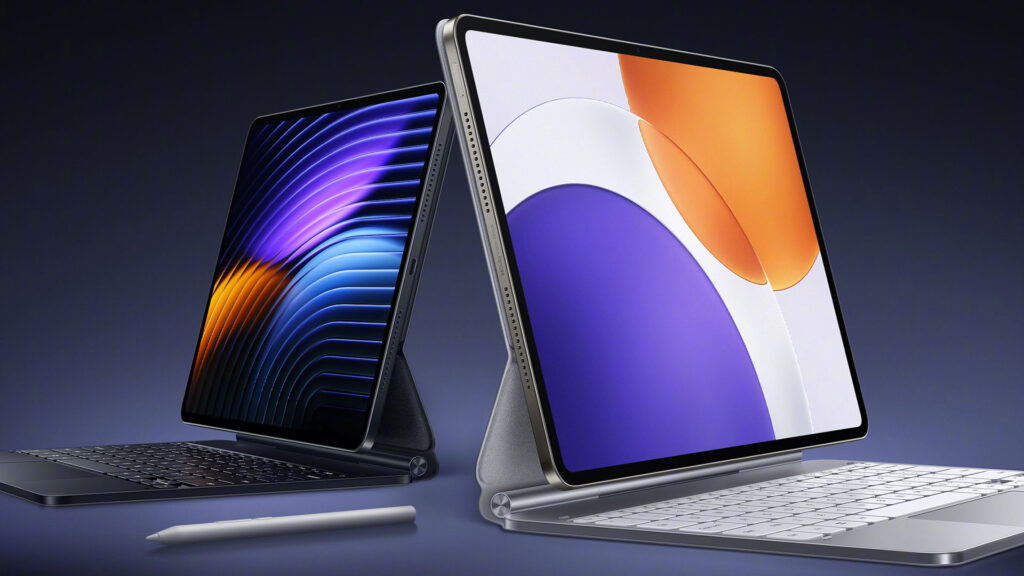
Xiaomi’s Pad family expanded in 2025 with the Pad 7 and Pad 7S Pro, aimed to compete with mid-to-high-end Android tablets and value iPad alternatives. The Pro models focus on creators: larger 12.5-inch or 11.2-inch panels with high peak brightness, support for stylus input, generous RAM/storage options and fast charging to match heavier workloads. These devices feature the Snapdragon 8s Gen 3 or equivalent silicon for consistent performance.
Who should consider a Xiaomi Pad 7 series?
- Students and professionals who want a large screen for note taking, light photo/video editing and media consumption.
- Creators who want good performance without the Apple tax, especially if you prefer Android and multi-window features in HyperOS.
Wearables: Mi Band 10 and Watch S4 – incremental but valuable
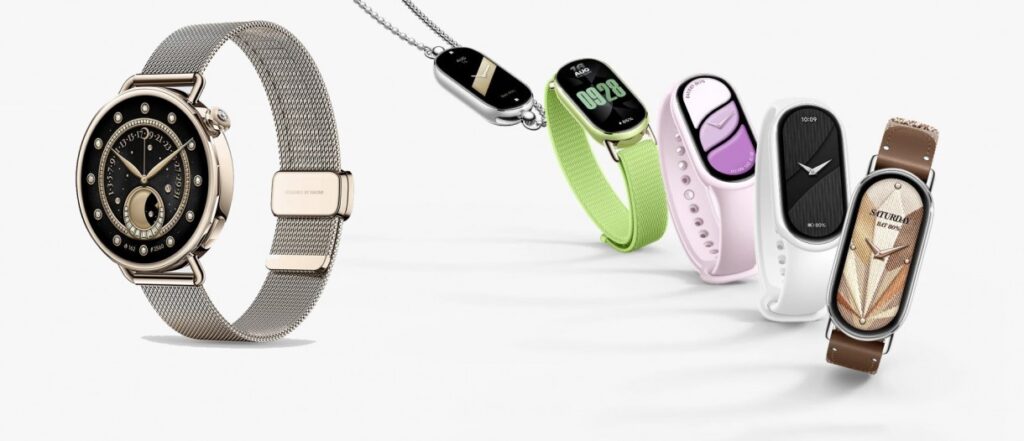
Xiaomi’s wearables remain a bread-and-butter category: the Mi Band continues to offer outstanding battery life and fundamental health tracking at a low price, while the Watch S4 pitches a more complete smartwatch experience with larger screens, richer sensors and longer battery than last generation. In 2025 Xiaomi bundled better sleep and fitness tracking, refined algorithms, and improved OS integration with HyperOS. The arrival of Open Earphones Pro also hints at Xiaomi widening its audio portfolio with spatial audio and low-latency connectivity.
Key advice
If you want the best value in wearables, Mi Band variants remain hard to beat. If you want standalone notifications with more apps and a premium screen, choose Watch S4 or comparable Xiaomi watch models.
AI gadgets & audio: AI Glasses and Open Earphones Pro
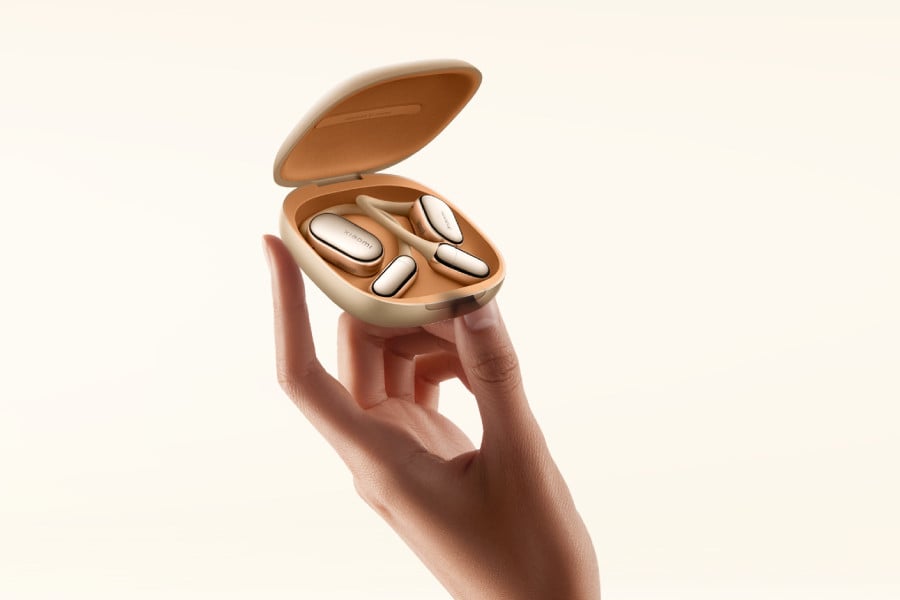
Xiaomi dipped its toes into AI glasses and advanced audio in 2025, experimental products that show how the company imagines ambient computing. These include smart glasses prototypes for hands-free notifications and quick camera capture, plus open-ear audio devices for situational awareness and longer listening sessions. These products are still early: useful for enthusiasts, developers and early adopters, but not yet mainstream necessities.
Home and cleaning: Robot Vacuum 5 series & X20 Pro
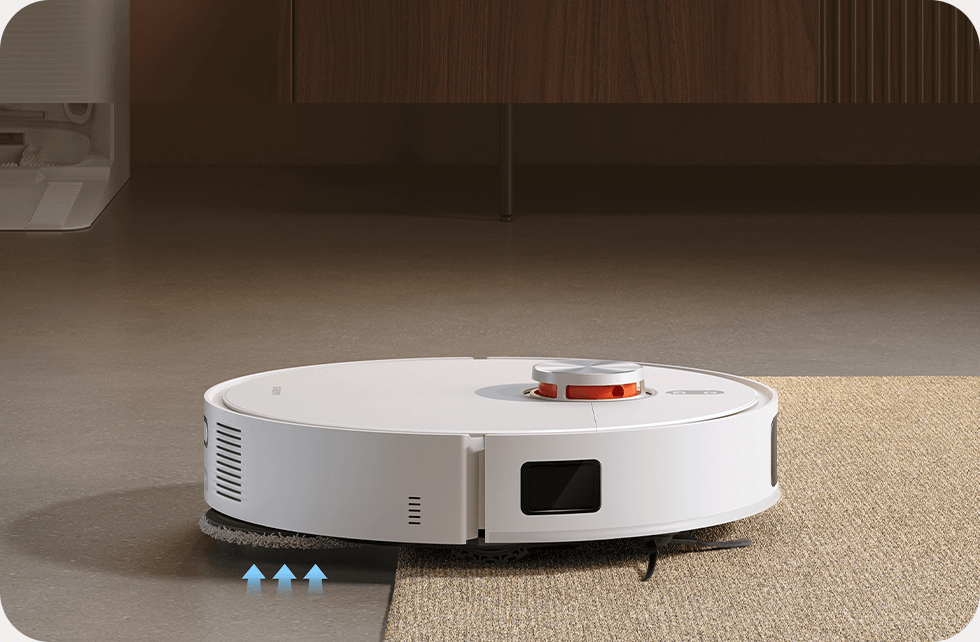
Xiaomi continued to push the vacuum and home appliance envelope in 2025. The Robot Vacuum 5 and 5 Pro introduced stronger suction (up to 20,000 Pa in some advertisements), better dToF navigation for room mapping, improved battery runtime and more autonomous maintenance from the all-in-one docks. The X20 Pro remains an all-in-one solution with wiping and advanced emptying/drying stations targeted at buyers who want end-to-end minimal maintenance.
Buying considerations
- If you have pets or lots of carpets, step up to pro models with the higher suction and auto-empty station.
- If budget is constrained, Xiaomi offers capable mid-range robot vacs that balance cleaning power and price.
Pricing and how Xiaomi positions itself in 2025
Xiaomi’s strategy historically undercuts rivals by offering high-value hardware at aggressive price points. In 2025 that remains true: flagship features often land at lower recommended retail prices vs competitors, while mid-range devices deliver flagship-like features selectively (large batteries, faster charging, aggressive sensors). Regional price and availability vary greatly, Xiaomi sometimes launches devices in China first, then rolls out internationally; for some gadgets (especially accessories or experimental AI items) international launches are delayed or limited.
Deep comparison: Which Xiaomi gadget fits your use case?
You’re a power user who needs the best camera + battery: Xiaomi 17 Pro/Pro Max.
You want compact and pocketable without giving up power: Xiaomi 17 (base) or MIX Flip 2.
You need a creative tablet on a budget: Pick Pad 7S Pro for larger screens and pro features; Pad 7 if you want good performance at lower price.
You want the best value wearable: Stick with Mi Band 10 for battery life and core health metrics. Choose Watch S4 for a fuller smartwatch experience.
You want a low-maintenance smart home: Robot Vacuum 5 Pro or X20 Pro for strong suction and auto-maintenance docks.
Practical buying checklist (before you hit “buy”)
- Check regional availability and warranty. Xiaomi often staggers global launches.
- Confirm software support & updates. HyperOS rollout timelines can differ by device/region.
- Battery & charger policy. Many Xiaomi flagships ship without chargers in some markets, check the box contents.
- Accessory compatibility. Magnetic lens systems or special cases may be region-restricted.
- Wait for independent battery & camera reviews if you prioritize durability and real-world camera performance.
Real-world concerns & what reviewers say
- Durability for foldables: hinge performance and long-term screen creasing remain the top worries for flip foldables, so early reviews matter.
- Camera software vs hardware: Xiaomi’s Leica partnership boosts results, but computational processing still distinguishes great phone photography from merely capable.
- Smart home ecosystems: Xiaomi’s IoT breadth is an advantage, devices work well together in MIJIA ecosystems, but privacy and cloud service options differ by market.
Price comparison (how Xiaomi stacks vs competitors in 2025)
Xiaomi generally positions devices to undercut main rivals while matching or beating spec lists:
- Flagship phones: Xiaomi flagship vs Samsung/Apple, Xiaomi often offers similar silicon/cameras at lower MSRPs.
- Foldables: priced competitively relative to Samsung’s Z Flip line.
- Robot vacuums: Xiaomi often offers a “pro” variant with advanced features at a price below established premium brands.
Because Xiaomi’s pricing is volatile across markets, check local retailers and official Mi stores for accurate RRP at time of purchase.
Final verdict: is 2025 the year to buy Xiaomi?
Yes, with caveats. Xiaomi’s 2025 line showcases serious progress: more compact flagship choices, mature foldable designs, stronger tablets for creators, meaningful wearable upgrades and smarter home robotics. For buyers who prioritize value, battery life and cutting-edge hardware at lower price points, Xiaomi remains a top contender.
However, if you need absolute global launch assurance, the longest manufacturer warranty or the widest accessory ecosystem at launch, check regional rollouts first. For niche devices (AI glasses, accessories), treat them as early-adopter gear and let reviews settle the long-term picture.
Quick FAQs
Q: Are Xiaomi phones good for photography in 2025?
A: Yes, flagship models feature Leica-co-engineered optics and advanced computational processing; they’re competitive with other top Android flagships.
Q: Should I buy MIX Flip 2 or wait?
A: If you want a compact foldable now, wait for hands-on durability reviews; if the MIX Flip 2’s battery and hinge improvements meet your needs, it’s one of the year’s most compelling foldables.
Q: Are Xiaomi robot vacuums reliable?
A: Recent Robot Vacuum 5 series added stronger suction, dToF mapping and longer runtime, making them reliable for many households, especially pet owners.
What to watch next
Xiaomi’s roadmap through 2025 points toward deeper AI features in HyperOS, more modular accessories (magnetic lenses, novelty cases), better cross-device continuity between phones, tablets and wearables, and more refined home robotics. For buyers and tech watchers alike, Xiaomi remains one of the most exciting companies to follow this year.


